Related Research Articles

Baroque painting is the painting associated with the Baroque cultural movement. The movement is often identified with Absolutism, the Counter Reformation and Catholic Revival, but the existence of important Baroque art and architecture in non-absolutist and Protestant states throughout Western Europe underscores its widespread popularity.
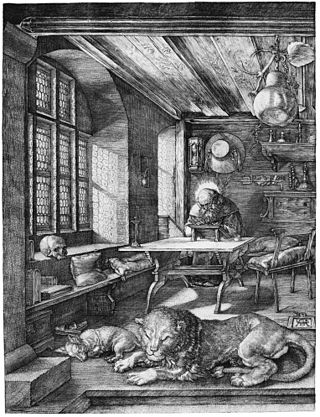
Engraving is the practice of incising a design onto a hard, usually flat surface by cutting grooves into it with a burin. The result may be a decorated object in itself, as when silver, gold, steel, or glass are engraved, or may provide an intaglio printing plate, of copper or another metal, for printing images on paper as prints or illustrations; these images are also called "engravings". Engraving is one of the oldest and most important techniques in printmaking.
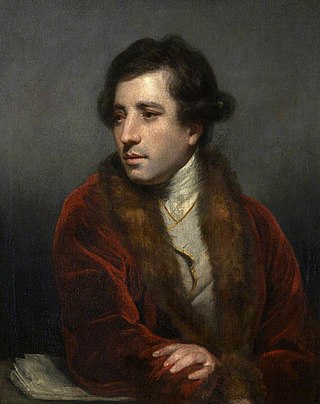
Francesco Bartolozzi was an Italian engraver, whose most productive period was spent in London. He is noted for popularizing the "crayon" method of engraving.
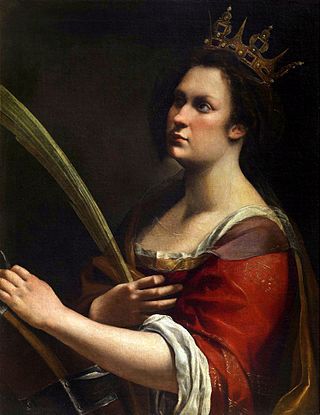
In art history, "Old Master" refers to any painter of skill who worked in Europe before about 1800, or a painting by such an artist. An "old master print" is an original print made by an artist in the same period. The term "old master drawing" is used in the same way.
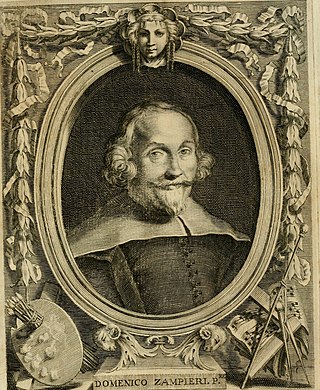
Domenico Zampieri, known by the diminutive Domenichino after his shortness, was an Italian Baroque painter of the Bolognese School of painters.

Antonio Marziale Carracci was an Italian painter. He was the natural son of Agostino Carracci.
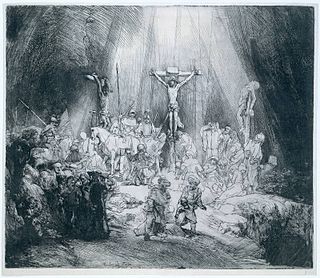
An old master print is a work of art produced by a printing process within the Western tradition. The term remains current in the art trade, and there is no easy alternative in English to distinguish the works of "fine art" produced in printmaking from the vast range of decorative, utilitarian and popular prints that grew rapidly alongside the artistic print from the 15th century onwards. Fifteenth-century prints are sufficiently rare that they are classed as old master prints even if they are of crude or merely workmanlike artistic quality. A date of about 1830 is usually taken as marking the end of the period whose prints are covered by this term.

Jan Miel was a Flemish painter and engraver who was active in Italy. He initially formed part of the circle of Dutch and Flemish genre painters in Rome who are referred to as the 'Bamboccianti' and were known for their scenes depicting the lower classes in Rome. He later developed away from the Bamboccianti style and painted history subjects in a classicising style.
Events from the year 1560 in art.
Events from the year 1685 in art.
Events from the year 1697 in art.

The National Gallery is the primary British national public art gallery, sited on Trafalgar Square, in central London. It is home to one of the world's greatest collections of Western European paintings. Founded in 1824, from an initial purchase of 36 paintings by the British Government, its collections have since grown to about 2,300 paintings by roughly 750 artists dating from the mid-13th century to 1900, most of which are on display. This page lists some of the highlights of the collection.

Pieter Jansz. Quast was a Dutch Golden Age painter, draughtsman of portraits and sculptor.

Cornelis Vermeulen or Cornelis Martinus Vermeulen was a Flemish printmaker who is mainly known for his portraits, reproductive prints, frontispieces and illustrations. He trained in Antwerp and worked a number of years in Paris.

The Carracci were a Bolognese family of artists that played an instrumental role in bringing forth the Baroque style in painting. Brothers Annibale (1560–1609) and Agostino (1557–1602) along with their cousin Ludovico (1555–1619) worked collaboratively. The Carracci family left their legacy in art theory by starting a school for artists in 1582. The school was called the Accademia degli Incamminati, and its main focus was to oppose and challenge Mannerist artistic practices and principles in order to create a renewed art of naturalism and expressive persuasion.
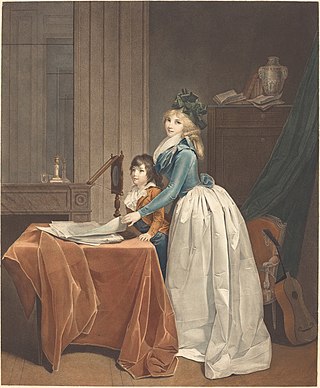
À la poupée is a largely historic intaglio printmaking technique for making colour prints by applying different ink colours to a single printing plate using ball-shaped wads of cloth, one for each colour. The paper has just one run through the press, but the inking needs to be carefully re-done after each impression is printed. Each impression usually varies at least slightly, sometimes very significantly.

Jan van Haelbeck or Jan van Haelbeeck was a Flemish engraver. He was mainly active in Paris in the first 30 years of the 17th century and helped introduce copper engraving as a technique in French printing. He worked on various publication projects on religious and worldly subjects and portraits.

Arnold van Westerhout or Arnoldo van Westerhout was a Flemish printmaker, painter, draughtsman, publisher and printer. He trained in Antwerp but mainly worked abroad, and in particular in Italy. He settled in Rome where he was a prominent printmaker and publisher. The artist is less known for his paintings, which covered religious and genre subjects, than for his work as a printmaker and publisher.
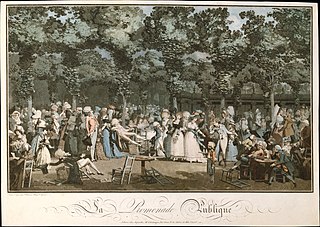
European printmaking in the 18th century grew greatly in quantity, and generally had high levels of technical skill. But original artistic printmaking declined, with reproductive prints becoming the majority. Many printmakers mixed intaglio printing techniques on the same plates with great skill. The generally reduced level of artistic creativity in printmaking changed at the end of the century with the great print series of Goya, whose career stretched into the 1820s but is all covered here. Goya is usually taken as the end of the old master print era, to which the 18th century added relatively little.
References
- ↑ "Bagh artist Abdul Khatri bags UNESCO 2018 award in Qatar | Bhopal News - Times of India". The Times of India.
- ↑ Pioneer, The. "Bagh artisan Abdul Kadar Khatri bags UNESCO, world craft council award". The Pioneer.